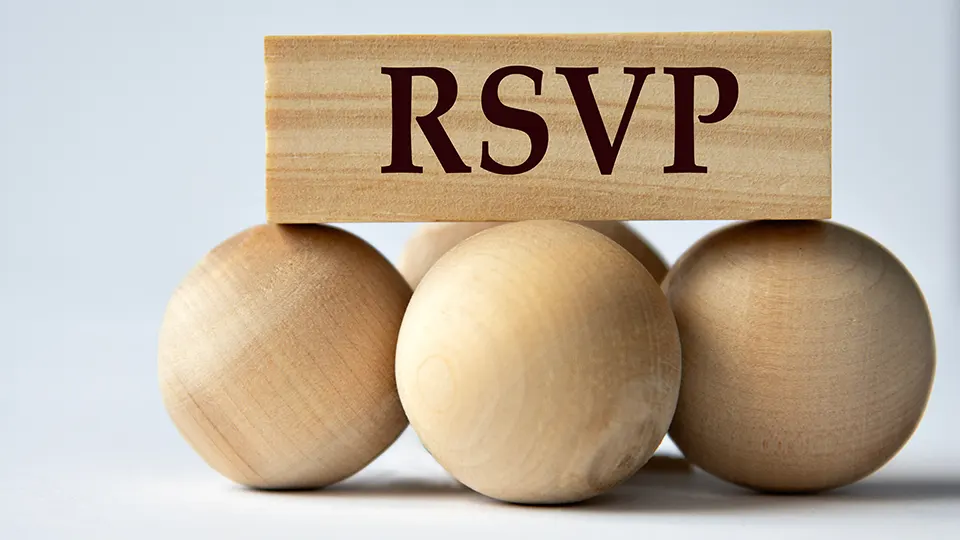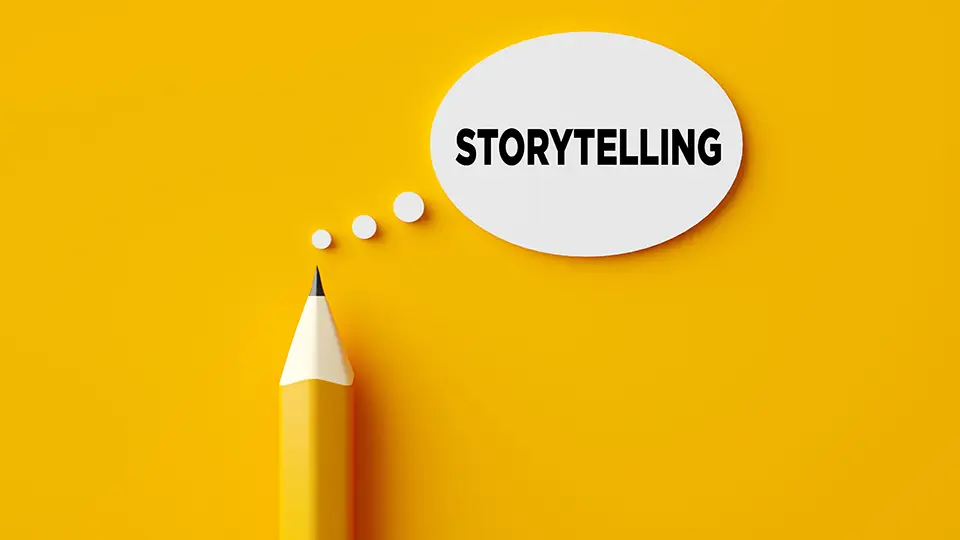When establishing calendars and budgets for a company’s or brand’s event marketing efforts, there are many details to consider. One of the most important is ROI. Long after meetings, shows, conventions, and other gatherings are over, how well an event is performed determines whether or not that event will happen again.
Providing the facts and figures of different event elements makes it easier to see where an event worked well and where there is room for improvement. Here are a few KPIs to pay close attention to.

Attendance
If people don’t come to your event, it is nearly impossible for that event to achieve its purpose. Measuring attendance can tell you what to look for.
Don’t just do a head count of total people at the event. Compare this against how many invitations went out and record RSVPs over time. You may need to adjust your marketing and outreach if you are still awaiting responses. If numbers remain low, consider an incentive such as a gift for the first guests to respond.
If many attendees decline invitations as your event draws closer, consider adding a virtual component to your event to help remove barriers like travel or busy schedules.
When the event is finished, audit how many people attended vs. how many people RSVP’d. If you’re below 90%, it might be time to review your guest list and re-direct efforts towards more involved participants.

Guest Satisfaction and Surveys
Post-event surveys are among the best ways to gain real-world insights into event performance. This is particularly true regarding spending on food & beverage, décor, accommodations/venues, and other big-budget items.
Again, the key is to look beyond the raw numbers. Out of 100 guests, you may only have 5 that gave certain aspects of the event 1 out of 4 stars… but if 2 stars were the highest rating anyone gave, that’s the more concerning figure to look at.
Remember, you can also measure beyond a numbered scale. Asking whether or not guests fully agree, somewhat agree, somewhat disagree, or entirely disagree with a statement like “I felt there were plenty of vegetarian menu options available” can be even more informative than a 3-star rating.
Simply put, happy guests are repeat guests. So, look at what went well and what didn’t meet expectations and adjust. You may need to spend more on entertainment and production value next time and less on floral arrangements.

Engagement
It cannot be stated enough – events that engage succeed. People are best at remembering what they experienced at an event. Whether it’s listening to a keynote speaker or learning product features for an upcoming launch, when people have something to do, they tend to pay better attention, get more involved, and make stronger connections with the company, brand, and other people.
To get in-person attendees involved, look into audience participation, gamification, and live smartphone interactions. Hybrid and virtual event attendee engagement is also essential. Just make sure the tools you’re using can provide real metrics and data about users/guests so you can accurately evaluate performance.

Dollars and Cents
We all know events cost money, and “How much is too much?” comes up frequently. This is why having some data on the other three KPIs we mentioned here (attendance, satisfaction, and engagement) is important. This is where the real work of ROI comes into play.
Compare your insights from one aspect of the event against your budget. Was the bang worth the buck? Maybe you splurged on a gorgeous venue that your guests all unanimously loved. That is an excellent example of an expense worth the added cost. But what if you tried to save money by eliminating “plus ones” from the guest list and everyone hated it, or your attendance suffered? That would be a “bargain” that ended up ultimately costing your business.
Besides analyzing metrics you control, ensure you’re looking into event needs your vendors handle. Things such as plates of food served vs. plates of food sent back or uneaten are useful insights. Guests dancing vs. guests sitting can tell you a lot about a band or DJ. People leaving early or taking too long to return from breaks let you know people aren’t enjoying themselves. The more you measure, the more you’ll know.









